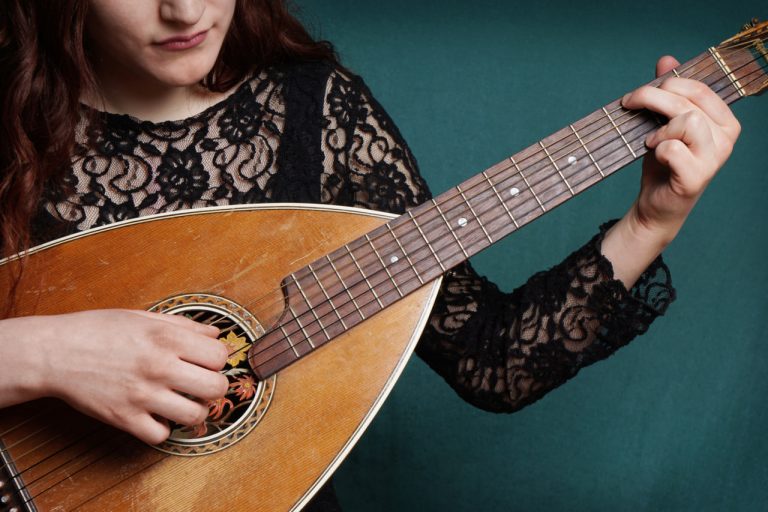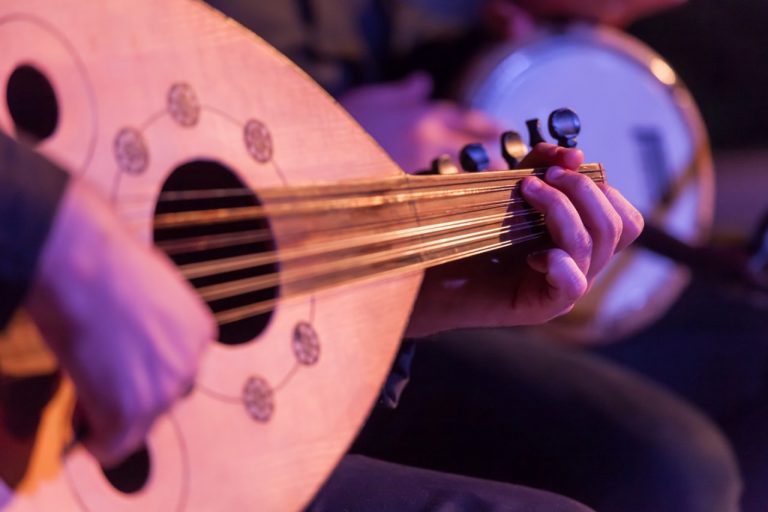Starting to learn the oud can be an exciting and rewarding experience. This ancient stringed instrument offers a unique sound and expressive capabilities that captivate musicians across genres. However, as a beginner, it’s normal to face challenges while getting comfortable with the oud. Mastering essential techniques early on can set a strong foundation for your playing journey. This blog will guide you through the key techniques beginners should focus on to develop confidence and skill with their first oud.
Understanding the Instrument
Before diving into playing, it’s important to familiarize yourself with the oud’s parts and how it produces sound. The oud typically has 11 or 13 strings arranged in courses (pairs), a pear-shaped body, a short fretless neck, and a wooden soundboard. Its fretless design allows for smooth slides and microtonal variations, which are essential in Middle Eastern music.
Knowing how to hold the oud correctly will help you play comfortably and avoid strain. Rest the body of the oud on your thigh or against your torso, depending on your seating position, and hold the neck with a relaxed grip, allowing your fingers easy access to the strings.
Proper Hand Positioning
Hand positioning is one of the first technical aspects to master. Your right hand controls the plectrum (risha or mezrab), which you will use to pluck the strings, while your left hand presses the strings along the fingerboard to change notes.
For the right hand, hold the plectrum between your thumb and index finger firmly but not too tight. The movement should come primarily from your wrist and forearm, enabling smooth, controlled plucking. Practicing simple up-and-down strokes slowly will help develop precision and rhythm.
Your left hand fingers should arch naturally over the fingerboard. Since the oud has no frets, accurate finger placement requires a good ear and muscle memory. Start by learning to place your fingers correctly to play basic scales and notes, ensuring each string rings clearly without buzzing or muting.
Basic Tuning and String Care
Learning to tune your oud properly is crucial for developing a good ear and playing in tune. The traditional tuning varies by region and style, but a common tuning for an 11-string oud from low to high is C, F, A, D, G, C. Using an electronic tuner or a tuning app is helpful for beginners.
Regularly check the tuning before playing to ensure your practice is effective. Also, take care of your strings by wiping them down after each session to prolong their life and maintain a clear tone.
Developing Right-Hand Techniques
The plucking technique shapes much of the oud’s character. Beginners should start with basic exercises to build control and speed gradually. Practice plucking each string individually, focusing on consistent tone and volume.
Once comfortable, move on to patterns such as alternating strokes (down-up-down-up) and simple rhythmic sequences. These will prepare you for more complex playing styles, including tremolo, a rapid repetition of a single note that adds sustain and emotional intensity.
Mastering Left-Hand Finger Placement and Slides
Without frets, the left hand must learn to intonate notes by ear. Start with simple scales and melodies to build finger strength and accuracy. Practice sliding smoothly between notes, a common oud technique called “glissando,” which adds expressiveness to your playing.
It’s important to keep your fingers close to the strings and press just enough to avoid buzzing but not so hard as to fatigue your hand. Regular slow practice will develop muscle memory and improve your confidence in navigating the fingerboard.
Basic Rhythms and Strumming Patterns
Rhythm is fundamental in oud playing. Begin by clapping or tapping simple Middle Eastern rhythms like the maqsum or saidi before applying them to your instrument. Then practice strumming the strings with your plectrum in patterns that match these rhythms.
Combining rhythm practice with right-hand plucking exercises will help you develop coordination between both hands and lay the groundwork for more advanced musical pieces.
Incorporating Simple Melodies and Songs
Once you are comfortable with scales, plucking, and rhythm, start learning simple melodies or traditional pieces. Playing familiar tunes can be motivating and help you apply techniques in a musical context.
Focus on playing slowly and cleanly, paying attention to tone and timing. Repetition and patience are key; as you progress, gradually increase the tempo and complexity of the pieces you tackle.
Maintaining Consistent Practice Habits
Building comfort with your oud requires regular practice. Short daily sessions are more effective than sporadic long ones. Begin with 15 to 30 minutes focused on specific exercises—scales, plucking patterns, and rhythms—and gradually increase your practice time as your skills develop.
Keep a practice journal to track progress and set achievable goals. This will keep you motivated and help identify areas needing extra attention.
Overcoming Common Beginner Challenges
Many beginners struggle with finger soreness, inconsistent tone, and difficulty tuning. These issues are normal and improve with time and practice. Use warm-up exercises for your hands before playing, and take breaks if you feel discomfort.
If tuning feels challenging, try tuning by ear with reference notes or a tuner, and consider seeking guidance from a teacher or online tutorials. Consistency and patience are essential for overcoming these hurdles.
Seeking Guidance and Resources
While self-study is possible, having a teacher or mentor can accelerate your learning and provide personalized feedback. Join online communities or local groups to connect with fellow oud players and share experiences.
There are also many instructional books, videos, and courses tailored for beginners, offering structured lessons that build your skills step by step.



